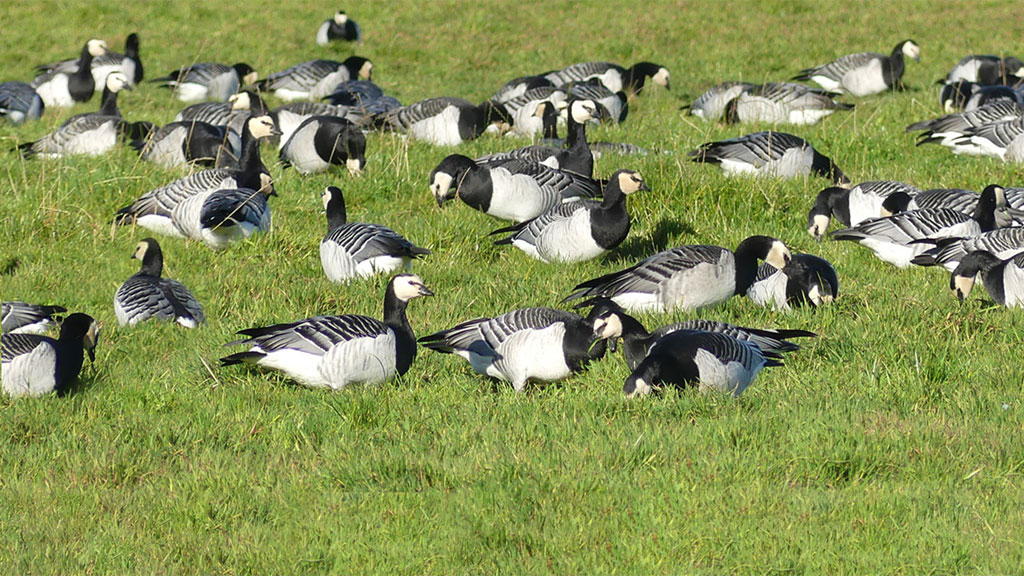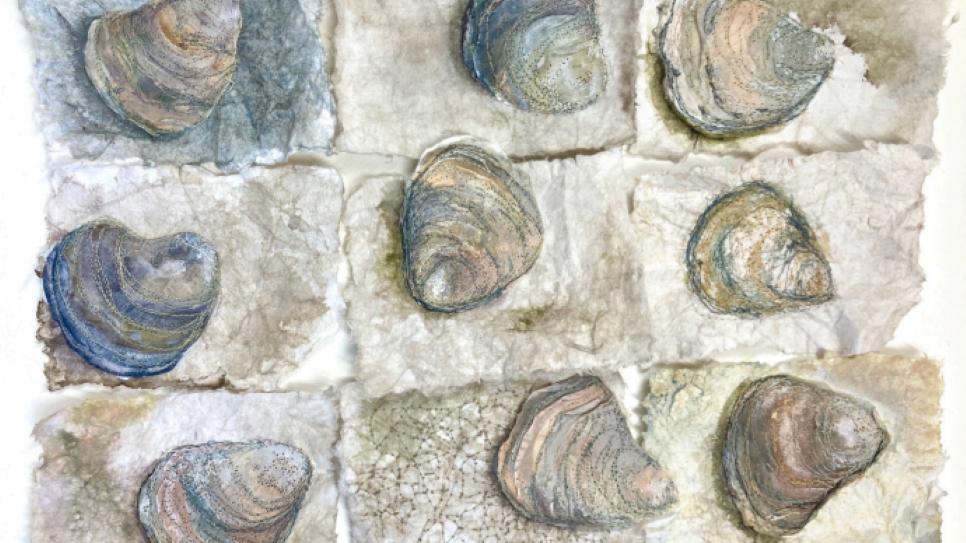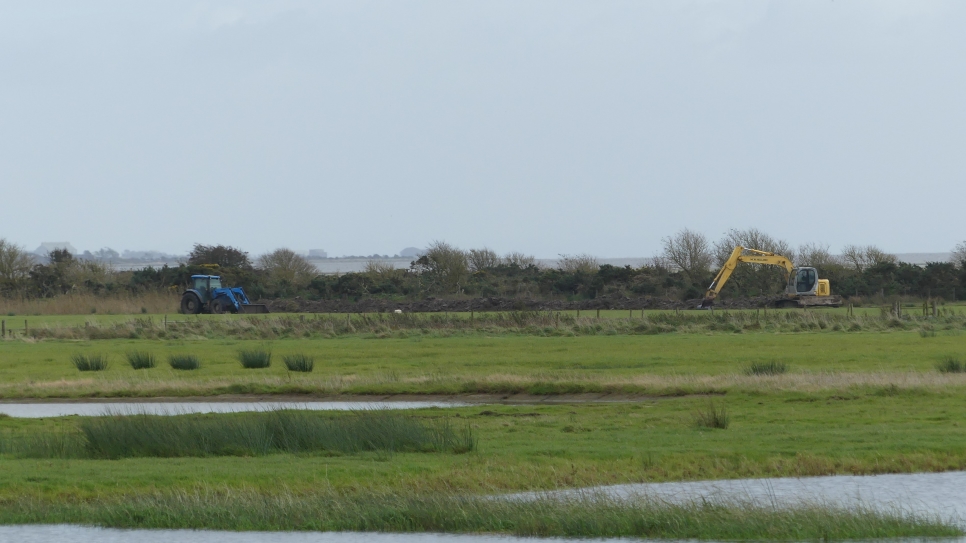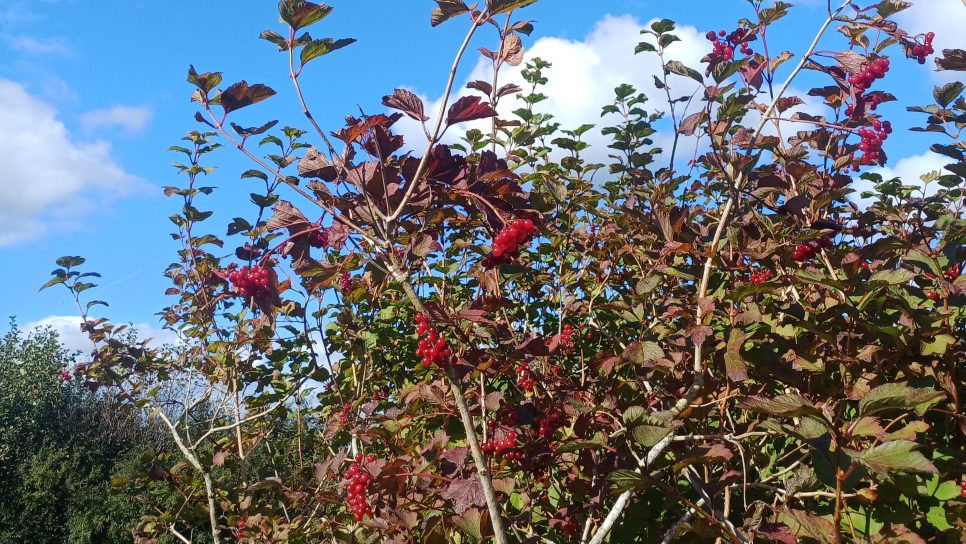Water rail, short-eared owl and peregrine falcon
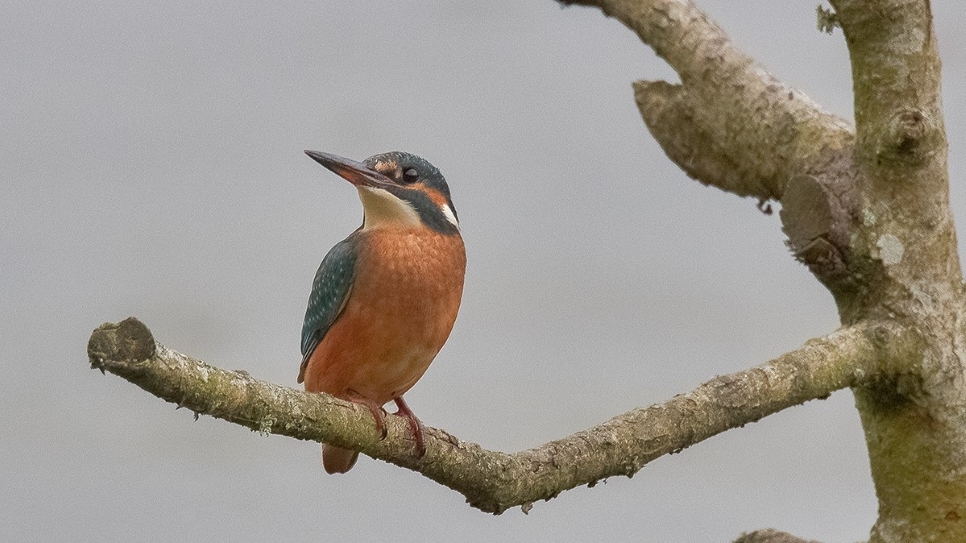
Over the past week, its been raptor heaven. The Saltcot Merse Observatory has been a good viewing area with male and female hen harriers regularly seen last week, a female merlin, and peregrines all being seen around high tide. Hen harriers and buzzards have also been seen from the Avenue Tower.
There have been sightings of the water rail around the Folly Pond and Peter Scott Trail. Though said to be common, these secretive birds inhabit reedbed areas of wetland so it's a real treat being able to spot them. What's more, at the Back Pond Hide, a kingfisher has been seen perched on a branch and diving into the water in search of small fish and invertebrates.
Large flocks of redwing and fieldfare have also been enjoying the hawthorn down the Saltcot Loaning. These thrushes migrate from Iceland and Scandinavia to winter in the UK, then migrate back in April.
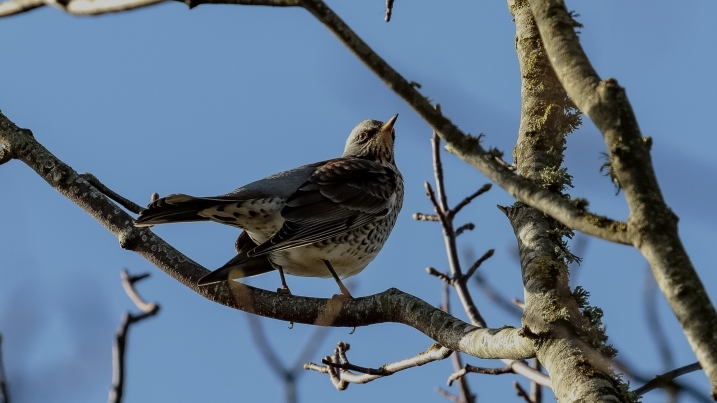
As part of the Wilder, Wetter Caerlaverock project, new scrapes were dug out by contractors on fields that can be seen from the Glengoyne Hide and Avenue Tower, and were completed mid October. These once grassy fields have now turned into a wetland paradise, attracting masses of wigeon and lapwing - we recorded 131 wigeon and 102 lapwing last week. A lone ruff had been sighted digging around the new scrapes as well.
The Campbell Hide has proved a good place to camp out as 8 shovelers, a little grebe, a gadwall and 26 snipe were spotted.
During the goose count last week, 900 barnacle geese were counted on fields on and around the reserve. We are starting to see nearly 100 whooper swans on the Whooper Pond.
Other notable sightings include a slowly increasing number of tufted ducks on the Whooper Pond and two little grebes on the Back Pond. There has also been a short-eared owl spotted over the gorse near the Saltcot Merse Observatory. Along the Saltcot Loaning, Britain's smallest bird has been seen: a goldcrest.
Words by Madisyn Pett
